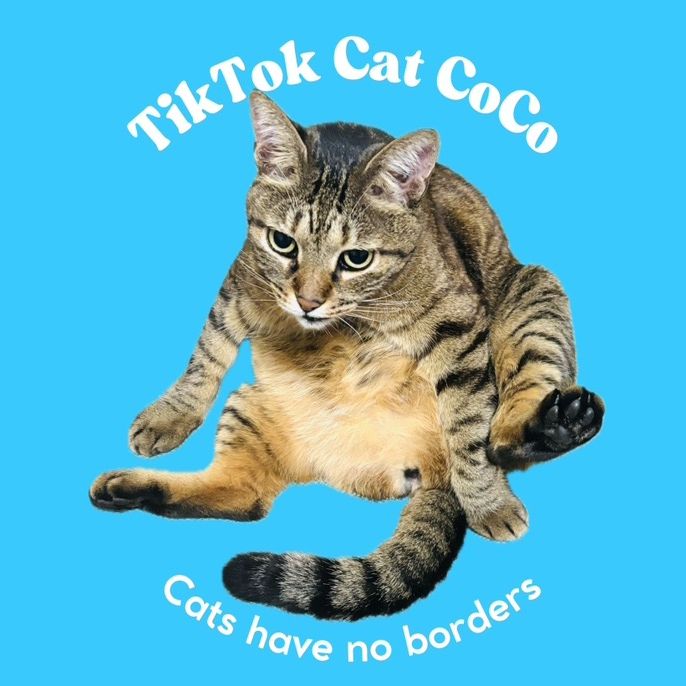Why JavaScript/TypeScript Is My Go-To Programming Language



When it comes to choosing a programming language, developers often weigh factors like flexibility, ecosystem, and community support. For me, JavaScript and TypeScript have emerged as the clear front-runners in this decision. Here’s why they are my go-to languages for development.
1. Versatility Across Platforms
One of the standout features of JavaScript is its versatility. Initially created for client-side scripting in web browsers, JavaScript has evolved to become a full-stack language with the advent of Node.js. This means I can use JavaScript to build everything from dynamic web applications to server-side solutions, and even desktop and mobile apps using frameworks like Electron and React Native.
TypeScript, a superset of JavaScript, builds on this versatility by introducing static typing. This allows for greater safety and predictability in my code, which is crucial for maintaining and scaling large projects. The integration of TypeScript with popular frameworks like Angular and React enhances my productivity by catching potential errors during development rather than at runtime.
2. Rich Ecosystem and Libraries
The JavaScript ecosystem is vast and continuously growing. From frameworks like React, Vue, and Angular to libraries like Lodash and Moment.js, the tools available for JavaScript developers are extensive. This rich ecosystem means I can leverage existing solutions to accelerate development and avoid reinventing the wheel.
TypeScript further enriches this ecosystem by offering strong typing and better tooling. Many modern libraries and frameworks now come with TypeScript definitions, which improves code quality and developer experience by providing autocompletion and inline documentation.
3. Strong Community and Support
JavaScript boasts one of the largest and most active communities in the programming world. This means I can easily find resources, tutorials, and support when tackling new challenges. The community's openness to sharing knowledge and collaborating on open-source projects creates a vibrant environment that fosters growth and innovation.
TypeScript, despite being relatively newer, has quickly gained traction. Its adoption by major companies and projects means there is a growing base of experts and resources available. The TypeScript team actively maintains and improves the language, ensuring it remains a powerful tool for modern development.
4. Enhanced Development Experience
One of the key reasons I prefer TypeScript is the improved development experience it offers. The static typing system helps catch errors early in the development process, reducing the likelihood of runtime issues. Features like interfaces and type aliases make it easier to define complex data structures and ensure type safety throughout my codebase.
The integration of TypeScript with modern IDEs and editors provides an enhanced coding experience with features like autocompletion, refactoring tools, and real-time error checking. This not only boosts productivity but also makes code maintenance and collaboration more efficient.
5. Future-Proof and Industry-Relevant
JavaScript’s ubiquity ensures its relevance across a wide range of industries and applications. As the web continues to evolve, JavaScript remains at the forefront of new technologies and standards. TypeScript’s growing popularity signals its importance in the future of development, especially as more companies adopt it for its benefits in large-scale applications.
Conclusion
JavaScript and TypeScript offer a powerful combination of flexibility, a rich ecosystem, strong community support, and an enhanced development experience. Their ability to adapt and evolve with the changing landscape of technology makes them my go-to programming languages. Whether building web applications, server-side solutions, or mobile apps, JavaScript and TypeScript provide the tools and support needed to create robust and scalable solutions.